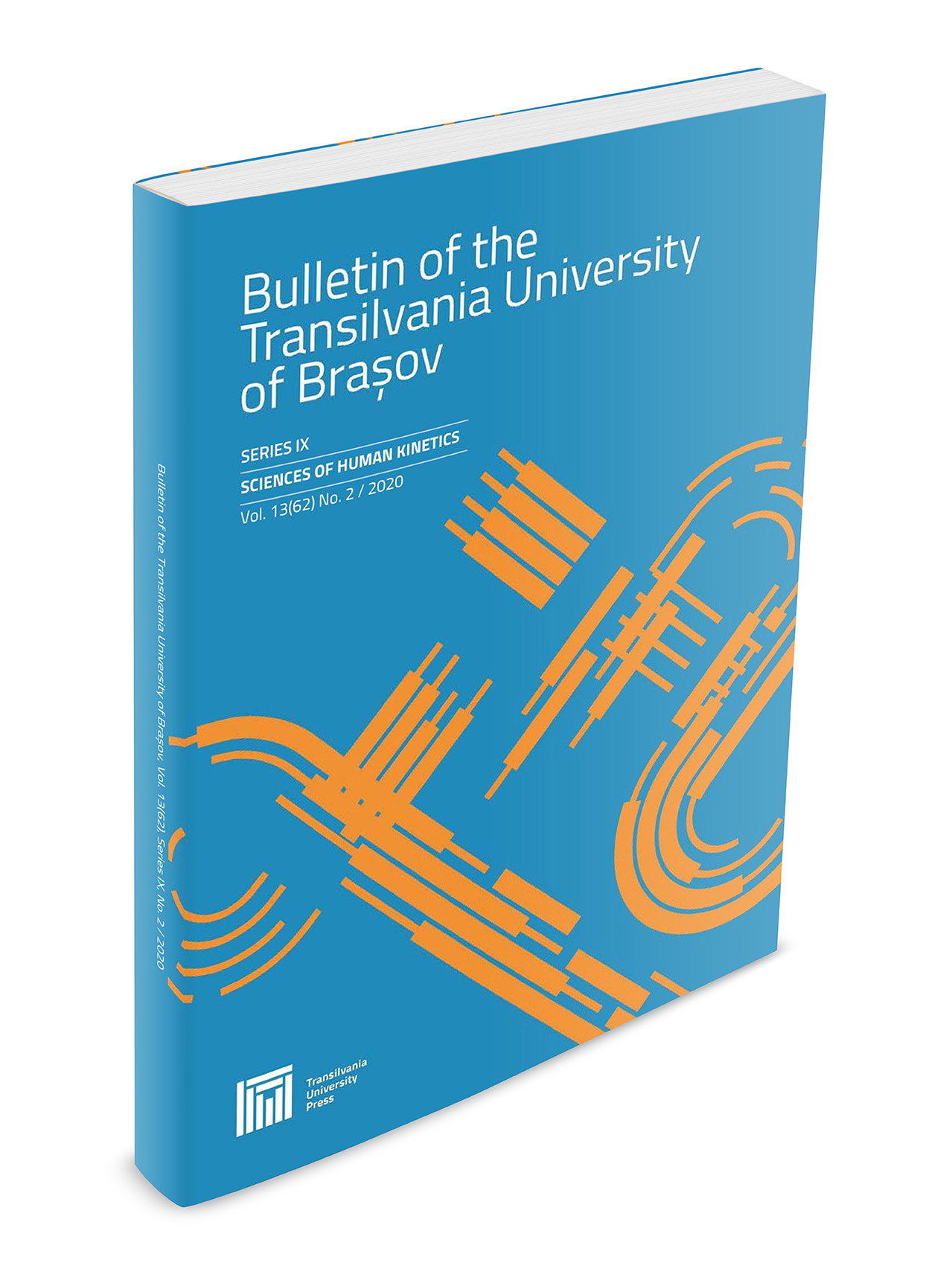Exercise Frequency and Physical Function in Parkinson’s Disease
Keywords:
physical function, strength, balance, Parkinson’s diseaseAbstract
The purpose of the present study was to identify the changes in the physical function of individuals with Parkinson’s disease (PD) without dementia following a high-frequency and low-frequency exercise intervention program. Participants were divided into two training frequency groups: high-frequency: 4-5 times each week (N =23, Mage = 68.6 (SD = 5.8), 16 males), and low-frequency: 3 times or less each week (N = 20, Mage = 67.6 (SD = 4.5), 10 males). All participants completed the Short Physical Performance Battery (SPPB) at baseline, and at the conclusion of 12 weeks of exercise intervention. Summary performance scores for the SPPB used the summation of the test scores for standing balance, walking speed, and rising from a chair 5 times. Based on a mixed factorial ANOVA, a significant interaction was indicated between time and group, F (1, 41) = 8.37, p < .05, np2=0.17, for SPPB summary performance scores, and a significant interaction between group and task F (2, 82) = 3.65, p < 0.05, np2=0.08, for the SPPB scores calculated for each of the three tasks separately. Based on the data analysis it is apparent that changes in physical function in individuals with Parkinson’s disease are dependent on the frequency of weekly exercise, with higher frequency having a better impact than lower frequency.
Downloads
Published
Issue
Section
License
Copyright (c) 2016 Bulletin of the Transilvania University of Braşov. Series IX: Sciences of Human Kinetics

This work is licensed under a Creative Commons Attribution 4.0 International License.





